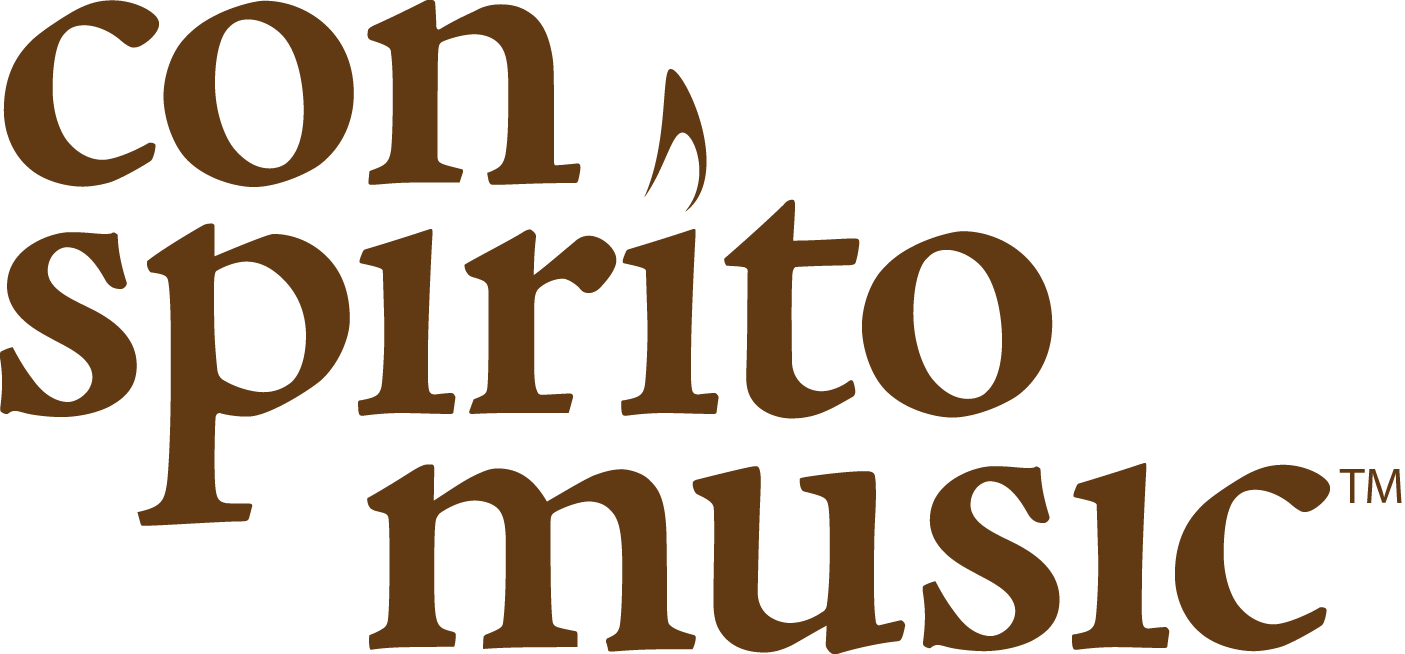“The Lamb” is one of the best-known lyric poems by writer, painter/engraver, and printmaker William Blake (1757-1827). Little recognized during his lifetime, Blake is today considered a seminal figure in the history of the poetry and visual art of the Romantic Age and endures as one of the most fascinating figures in English cultural history.
A self-described visionary and prophet, Blake claimed at age four to have seen God “put his head to the window,” and at age 10 to have seen “a tree filled with angels, bright angelic wings bespangling every bough like stars.” Later in life, he described being personally instructed and encouraged in his work by archangels (also claiming that his writings were actively read and enjoyed by the same) and of conversing regularly with and being advised by his deceased brother, Robert. Although religious imagery figures centrally in Blake’s works, he was nevertheless opposed to conventional religion and hostile to the Church of England. Of Blake, his contemporary William Wordsworth (1770-1850) said, “There was no doubt that this poor man was mad, but there is something in the madness of this man which interests me more than the sanity of Lord Byron and Walter Scott.”
Blake published Songs of Innocence, in which “The Lamb” appeared, in 1789. Although the songs have long been studied for their literary merit, they were originally produced as illuminated books — engraved, hand-printed, and colored by Blake himself — and the text of each song and its accompanying illustration formed an integrated whole, each adding meaning to the other.
“The Lamb” is presented as from the viewpoint of, and in the voice of, a child. In the first stanza, the child asks the lamb if it knows its Creator; in the second, it tells the creature, by means of metaphor, that its Creator is the Lord Jesus Christ, who like the lamb took on the flesh of a created being, “little,” “meek,” and “mild.” The child declares that he/she shares with the creature the name of the One who is, in Christian belief, both the sacrificial Lamb and the Shepherd of his flock. Finally, the child pronounces a benediction: “Little lamb, God bless thee!”
This new setting of “The Lamb” for voice and keyboard accompaniment is intended to evoke the child-like simplicity of the text, and therefore should be performed simply yet expressively, with subtle rubato (flexibility in tempo) to give emphasis to the text. Follow this link to read the text at poets.org.
High Voice (soprano C4-G5 / tenor C3-G4) and piano/organ— $4.95
Low Voice (alto G3-D5 / bass-baritone G2-D4, see video preview here) and piano organ; includes both treble clef alto and bass clef bass-baritone scores — $4.95
